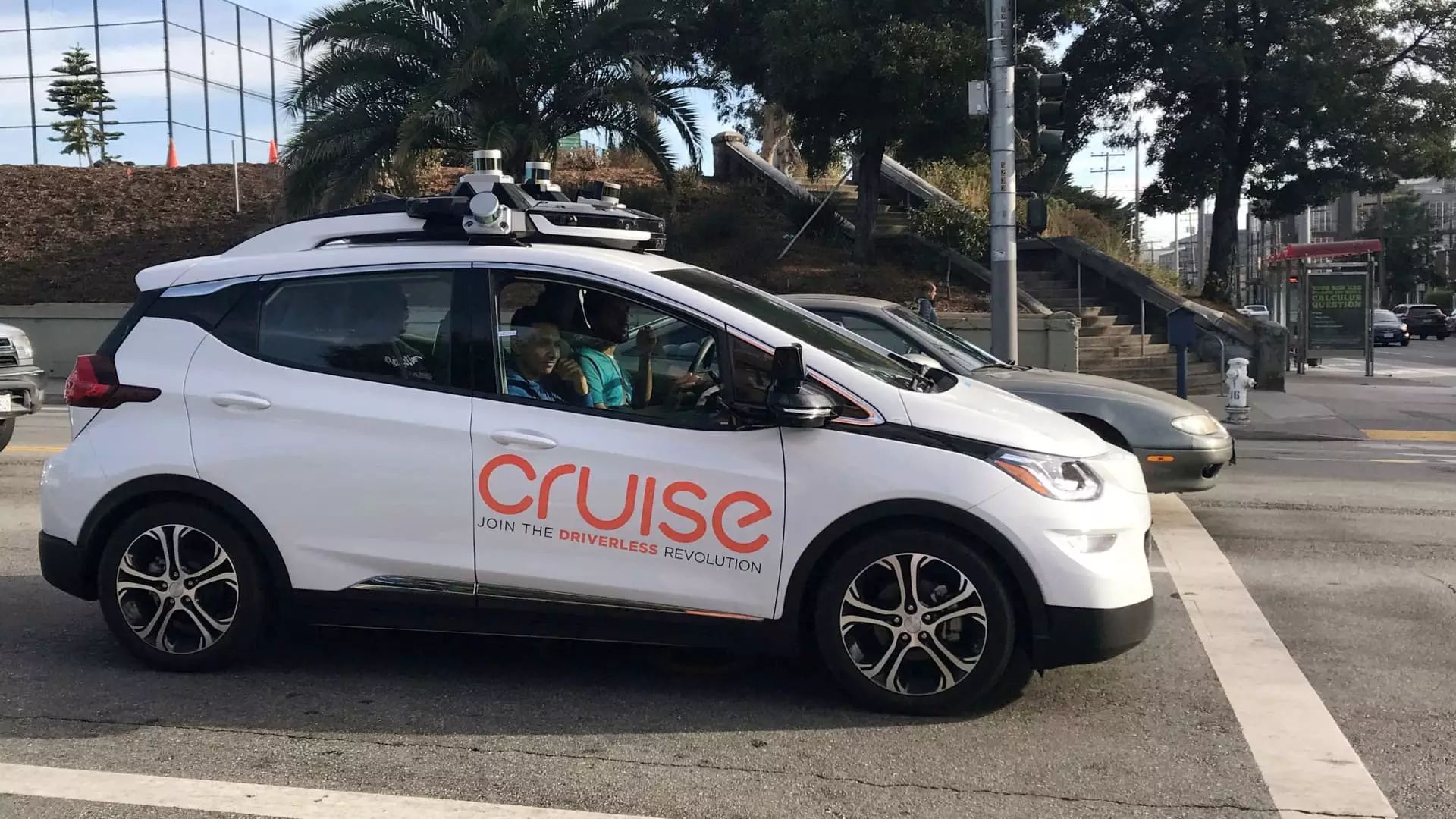The California Department of Motor Vehicles (DMV) recently announced that Cruise, a subsidiary of General Motors, will be reducing its robotaxi fleet in San Francisco by 50%. This decision comes in response to multiple crashes involving Cruise autonomous vehicles in the city. One of the most notable incidents occurred when a self-driving car collided with a fire truck, raising concerns about the safety and efficiency of driverless vehicles.
For Cruise, this reduction in its robotaxi fleet is undoubtedly a setback. The company had recently launched a paid robotaxi service in San Francisco, following permission from the DMV and Alphabet’s Waymo to expand driverless operations. Cruise aimed to provide 24-hour service to passengers throughout the city, but the recent accidents and crashes have forced the company to take a step back.
The incidents involving Cruise’s autonomous vehicles have ignited a heated debate in San Francisco regarding the role of driverless cars in the city. Opponents argue that these vehicles pose a danger to public safety and often interfere with the work of firefighters and other first responders. On the other hand, proponents believe that driverless cars are innovative and have the potential to make transportation more affordable and convenient.
The Investigation by the DMV
The DMV has initiated an investigation into the recent incidents involving Cruise’s vehicles. A spokesperson for the DMV stated that they are working closely with Cruise and law enforcement officials to gather the necessary facts. As part of the investigation, the DMV has requested Cruise to immediately reduce its fleet by 50% until the investigation is complete. This reduction means that Cruise will only have a maximum of 50 autonomous vehicles operating during the day and 150 during the evening.
Response from Cruise and the GM Subsidiary
Cruise has agreed to comply with the DMV’s request to reduce its fleet and participate fully in the investigation. However, a spokesperson for Cruise was not available for comment at the time of writing. In a recent blog post, Greg Dietrerich, the general manager of Cruise in San Francisco, addressed some of the factors contributing to the accidents. He mentioned that the specific intersection where the collision with the fire truck occurred had buildings that obstruct visibility. In addition, he claimed that the fire truck was driving in the wrong lane to bypass a red light. Dietrerich emphasized Cruise’s commitment to working with regulators and local authorities to enhance road safety and prevent similar incidents from happening in the future.
The String of Incidents
Cruise’s fleet of autonomous vehicles has experienced multiple incidents that have garnered significant media attention. In addition to the collision with the fire truck, one of Cruise’s vehicles reportedly got stuck in concrete, causing further concerns about the vehicles’ ability to navigate obstacles. Moreover, an autonomous vehicle carrying a passenger was hit by a driver who ran a red light, highlighting the unpredictable behavior of human drivers on the road. Furthermore, Cruise’s fleet experienced issues during a music festival, causing traffic to slow down.
The reduction of Cruise’s robotaxi fleet in San Francisco by 50% is a significant setback for the company. The series of incidents involving their autonomous vehicles has raised concerns about the safety and effectiveness of driverless cars. While proponents believe that these vehicles have the potential to revolutionize transportation, opponents argue that they pose risks and interfere with emergency response operations. The DMV’s ongoing investigation will shed more light on the underlying causes of these accidents and help determine the required corrective actions for Cruise to improve road safety. Ultimately, it is crucial for Cruise and other companies in the autonomous vehicle industry to address these challenges and ensure the safe integration of driverless cars into our cities.


Leave a Reply